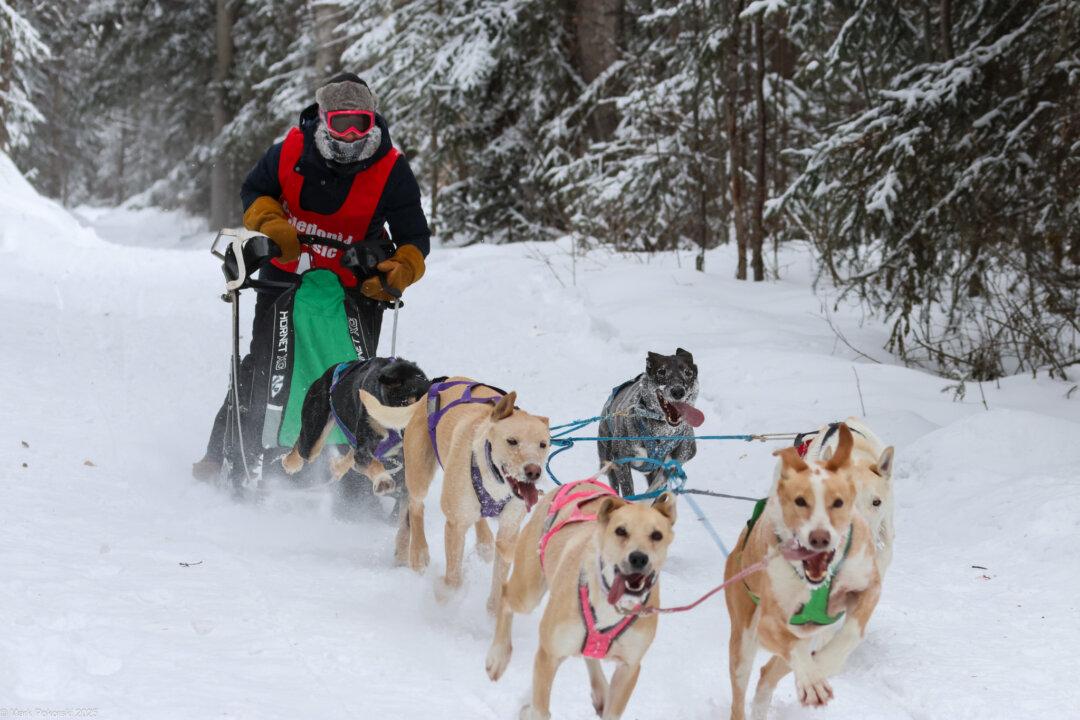This year is shaping up to be one of the worst on record for forest fires in Canada. From British Columbia to Nova Scotia, many provinces are dealing with higher-than-normal numbers of fires.
Fire officials say roughly 3.3 million hectares of forest have burned so far in 2023. That’s more than 10 times the 10-year average.
“This is an unprecedented number for this early in the year,” said Michael Norton, director general of the Northern Forestry Centre of Natural Resources Canada.
Norton added that the seasonal forecast shows a high fire risk for much of the country for the next few months.
“If this rate continues, we could hit record levels for area burned this year,” he said.
Another expert with Natural Resources Canada said that what’s making this year especially bad is a fading La Nina weather pattern. La Nina is characterized by cooling of the eastern Pacific Ocean.

“La Nina actually favours dry Arctic air moving into Central Canada. … We’ve had a bit more heat than we’ve had during a typical La Nina spring, but it does tend to favour very windy dry conditions,” said Richard Carr, a fire research analyst with Natural Resources Canada.
“We’ve actually been getting kind of the worst of both a La Nina and an incoming El Nino, which is starting to develop over the summer.” El Nino is characterized by a warming of the eastern Pacific.
“Previously the most area burned [by wildfires] was in 1989,” added Carr. “I wouldn’t be surprised if weather conditions are similar to what we had in 1989.”
Variations From Province to Province
While the picture varies from province to province, overall it is not good.The Tantallon fire near Halifax displaced around 16,000 people at its peak, and damaged or destroyed at least 150 homes.
At a June 6 news conference, Nova Scotia Natural Resources and Renewables Minister Tory Rushton told reporters he was unable to provide the full extent of the damage yet from the fires.
“It’s been difficult to get a handle on the extent of the damage due to the fire situation,” he said. “But I do want to honestly prepare everyone.”

“We are still finding cases of illegal burning, and it has to stop,” Rushton said in a news release.
Fire officials say it’s shaping up to be a bad year.
“In the last 20 years, we have not seen this area of burning” so early in the season, he said.
Take ‘Extreme Care’
Federal officials have a clear message for people heading off to cottage country this summer.“The risk of fire throughout the season is going to be high pretty much across the country,” said Norton. “Awareness of that fact is the first step. The second is extreme care.”
Norton urged people to be very aware of what they do in forested areas.
“Whether that’s anything from a cigarette butt to an all-terrain vehicle, the season will require a very high degree of care to avoid more fires starting,” he said, adding that about half of all forest fires are ignited by lightning.
“We can’t do much about those, but we can do something about accidental starts by people.”
He also cautioned people living in remote or rural regions to take simple steps to safeguard their property, such as removing flammable vegetation from around buildings.





